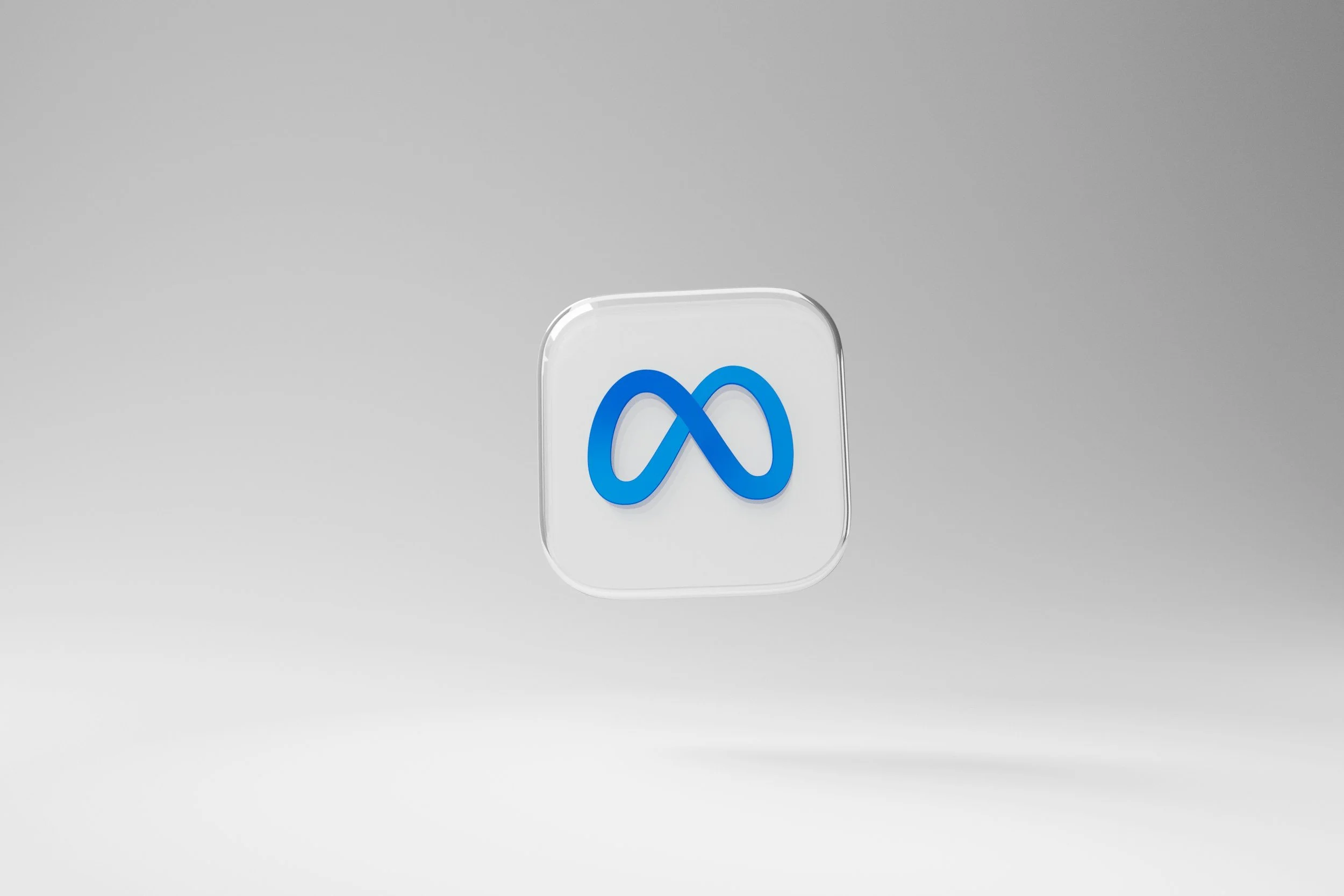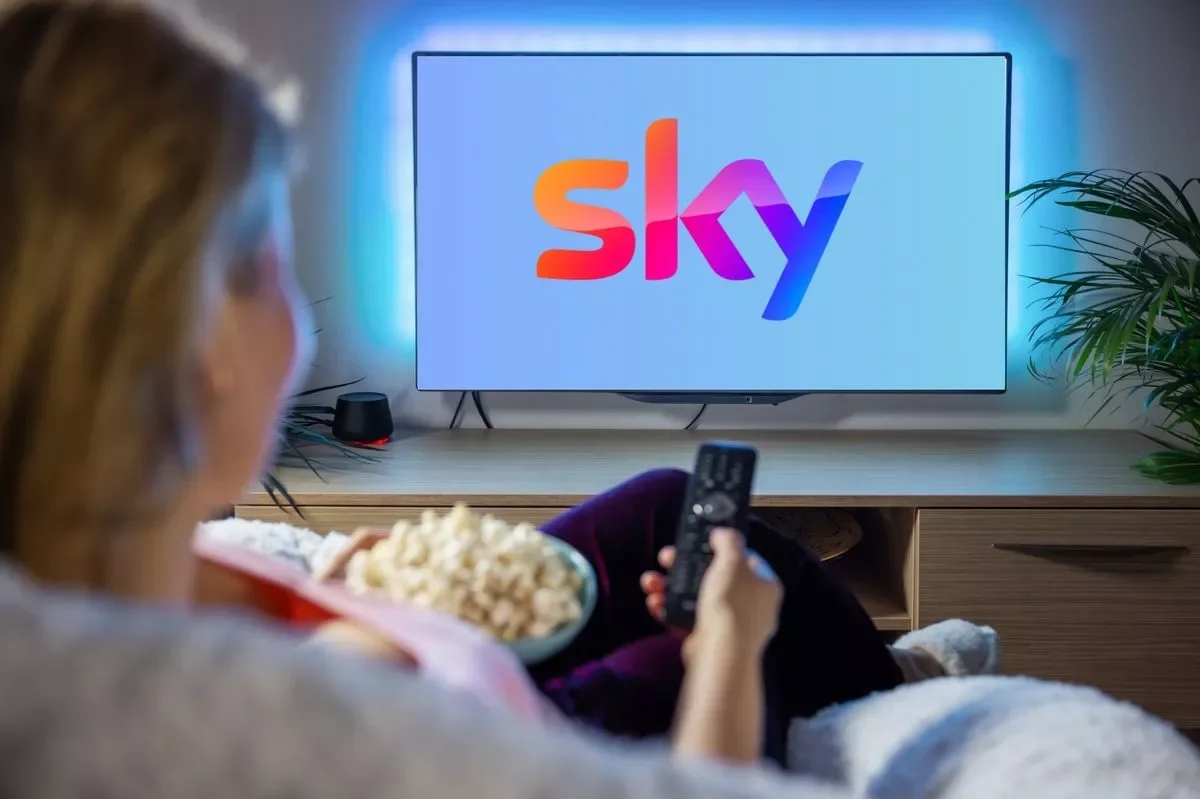How Facebook Advertising is changing. Your ultimate Facebook Ad guide.
Meta Advertising.
Key Takeaways
Privacy reshaping targeting – Meta has restricted sensitive categories like health, religion, politics, and sexual orientation, so advertisers must focus on broader interests and behaviour-based targeting.
Creative variety is key – from simple Image ads to Video, Carousel, and Collection formats, Facebook offers flexible ad types to match awareness, engagement, and conversion goals.
Change brings opportunity – with Meta pushing Reels and immersive experiences, brands can refresh their Facebook ad strategies to capture attention in new, more engaging ways.
Facebook, now living under the umbrella company Meta, was first created by Mark Zuckerberg in 2004.
18 years later, a lot has changed.
But besides its name, what other changes will consumers and advertisers see happen this year, and what options are there for brands looking to harness the power of Facebook advertising in 2022?
Let’s find out!
How is Facebook advertising changing?
As of January 19th, Facebook no longer allows users to target content in four main categories:
· Health
· Religion
· Sexual orientation
· Politics
To address privacy concerns and protect best practices on the platform, organisations and brands can no longer target ads in these four categories.
Meanwhile, live campaigns can remain active until the end of March of this year.
With the social media giant planning a move towards virtual reality products, and with the channel focusing globally on their short video feature Reels, we can expect many more changes to the platform in the coming months.
But change doesn’t have to be a bad thing. In fact, the changes offer an exciting opportunity for brands to take another look at their Facebook ads and optimise them to make better use of the platform.
What kinds of Facebook ads are there?
1. Image ads
As Facebook’s most simple advertising format, Image ads enable advertisers to drive consumers towards their site, app, or product page by presenting consumers with a captivating image, headline and CTA.
Not only are Image ads uniquely able to capture the attention of consumers and drive engagement and/or purchases, but they can also be created in a relatively short amount of time, making them perfect for quick announcements or add-ons to your wider Facebook campaigns.
2. Video ads
Just like Image ads, Video ads can quickly engage your target audience. But unlike Image ads, Video ads can also provide more information about your brand, product or service in more captivating ways.
Brands can use visual and audio tools to tell their story and can even create their own videos in Facebook’s own Ads Manager.
3. Carousel ads
Image ads and Video ads are great, and all… but what if you didn’t have to choose?
With Facebook’s Carousel ads, you can have both.
Allowing up to ten videos or images per ad, Carousel ads allow advertisers to use visuals to their advantage, and as each image and video can have its own link, one Carousel ad provides plenty of opportunity for consumers to follow through on your CTAs.
4. Collection ads
Bring your storefront to your customers by harnessing the power of Facebook’s Carousel ads.
Carousel ads allow brands to display their products on Facebook. Using the platform’s dynamic options, brands can customise which products are shown to different individuals and can tailor exactly how they want their products shown.
When it comes to Facebook ads, there is something for every brand.
Facebook might be facing many changes in 2022 and the future, but there has perhaps never been a better time to look at your brand’s campaigns with fresh eyes.
For brands, Facebook ads provide an exciting opportunity to get creative and reach new audiences.
If you would like to take your Facebook advertising game to the next level or are looking to leverage this essential channel for the first time, get in touch with an expert.
At One Day Agency, we’re pros at Facebook advertising with experience in helping clients master Facebook marketing.
To learn more about Facebook Advertising, get in contact today.












